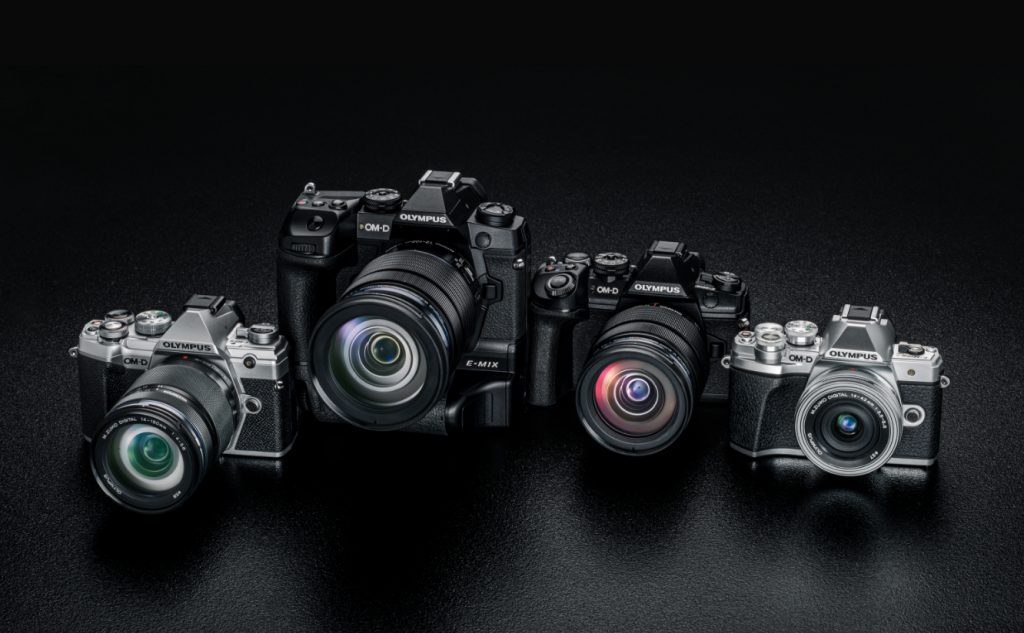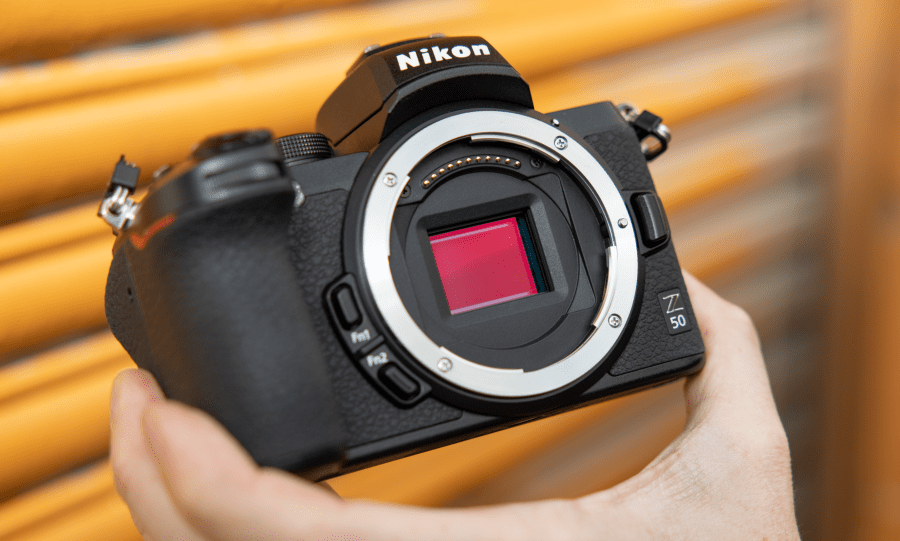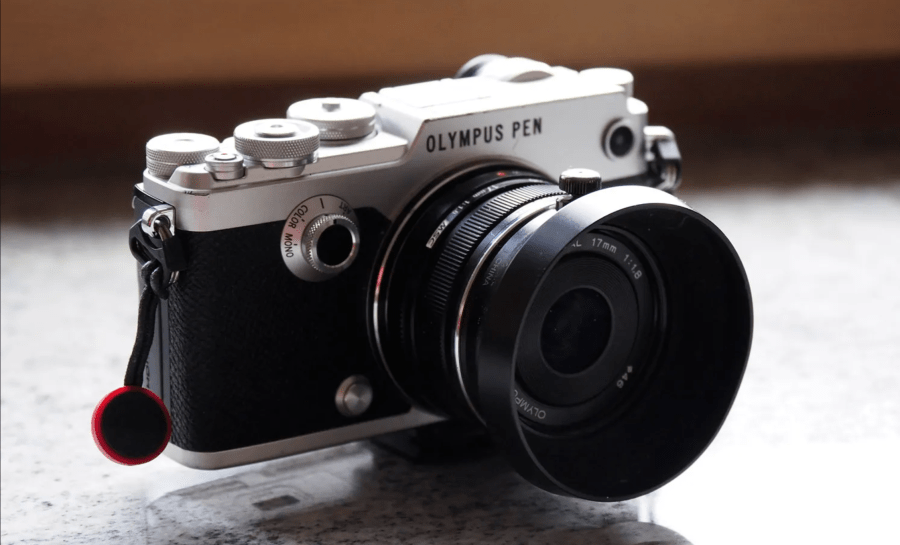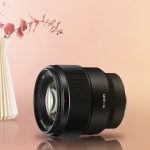
Before we jump into comparison, let’s get started with knowing these two camera types. I say that because how the sensor works is the first step to knowing how digital cameras work. If that’s not your cup of tea, then you can skip this part. Well, digital cameras work by catching the light with the assistance of an image sensor and, afterward, creating data from the results.
Both are widely used and similar, but what’s the difference? Let’s find out.
Key Takeaways:
- APS-C sensor uses a wider angle, and the image ratio is bigger than in Micro 4/3 sensor, which can crop the image.
- The Micro 4/3 sensor is way more compact and light, but the image quality is APS-C is visibly better.
- The price range is different. APS-C comes with higher prices, whereas Micro 4/3 offers affordable price tags.
- The image quality is not only about APS-C and Micro 4/3 sensors; and you have to check other features and characteristics.
APS-C vs Micro 4/3

Sensor Size

APS-C sensor uses an area 1.6 times the size of 4/3. Another thing we can elicit from that is the aspect ratio is 3:2 for APS-C and 4:3 for micro-four-thirds.
The APS-C camera highly depends on what type of camera you are using. Let’s be clearer and give examples from well-known brands like Canon and Nikon. Canon uses a more compact and smaller sensor in their DSLR models, whereas Nikon, Fuji, and Pentax use a bit bigger sensor.
I get it, the topic isn’t about full-frame cameras, but I feel like it’s my duty to tell the difference. So, the distinction between APS-C and micro four-thirds is slightly smaller than between the APS-C sensor and full-frame camera. The difference isn’t huge, but it’s easily seen.
Lens Compatibility
It is a pretty simple theory; the more extensive the camera’s body construction is, the larger the lens can get.
Most of the time, Micro 4/3 takes advantage of smaller lenses than APS-C due to the particular mounting architecture. If you get the correct adapter, you can get to use lenses from different brands outside of standard Olympus and Panasonic.
While on the contrary, APS-C tightens your lens options, but no worries, plenty of brands offer compatibility.
Image Quality
Yes, you have reached the hot topic and the aim of why most photographers are here. Your entire effort can go to waste if the results don’t appear as expected.
That image quality is closely linked with the size of the sensor, and that shifts to the investment you have made for the camera. Just letting you know, the big sensor will be desirably, and satisfactory will catch the amplified signals and the light. When amplification bears all the signals, the better image quality you’re about to get.
Hold on, the quality of the image doesn’t always rely on the size factor. Depth of quality, for example, is another feature to consider. It is an old photographer’s belief that bigger sensors don’t drop the depth of field, but that’s not entirely true. If you want to get the same view field from smaller version sensors, just shoot with a shorter focal length or move more backward.

Dominant Characteristics of APS-C
Depth of Field
APS-C sensors are characterized as a master’s degree in the depth field. As you know, depth of field shows how much of the picture is focused in a frame. This sensor helps a lot to the object to make a full frame from the length of space, and that is the exact reason why it is widely used by enthusiastic photographers who enjoy catching sports events and wildlife.
Aspect Ratio
A typical camera uses a 3:22 aspect ratio. This is directly linked to the image’s width and height. We can swipe right for APC-S sensor capabilities that bring to life images that captures smaller narrow view angle and smaller territory.
Crop Factor
If the word “creativity” describes you as a photographer and are into photobombing style photography, owning an APS-C sensor will give the results you were looking for. By that, I mean it will manage to catch the entire frame by impressing you with sharp, precise details, and the subject appears to come a little bit closer.
Dominant Characteristics of Micro 4/3
Flange Depth
Simply put, the flange focal distance tells the distance between the camera’s flange and the sensor. Micro 4/3 has a tiny body and 2x crop factor, which brands wind up with the more compact form and easy-to-carry around camera/lenses.
Weight
In case I forgot to mention that Micro 4/3 cameras are more lightweight and compact. The same rules apply to the lenses, which are way lighter than full-frame designed ones.
Price Point
My tight-budget friends, Micro 4/3 lenses come at lower prices. An excellent start for beginners, isn’t it?
Final Words
I always say, first know what you’re passionate about, the price and characteristics, and then choose one because both APS-C and Micro 4/3 have their own tricks. Remember that no matter which one you pick, it will affect your style and creativity.
Just from the professional perspective, you can agree or disagree with me, but if I were you, I would pick the APS-C camera, and I’m currently using one. It’s way better, at least from my side. The image quality is excellent and uses a broader range of an image.
My tight budget, fellas; if you are saving right now, Micro 4/3 lenses can help you a lot. Until you figure out what you want and save up, it will do the job fine.
However, it doesn’t matter which one you pick; at the end of the day, you will be satisfied with both. I wish you happy hunting.
Further Reading
We have reached the homework section. Jokes aside, I wish you had a clearer idea about more topics related to the photography backdrops.
As a wedding photographer, pick the greatest ones to make the couples beautiful memories undying. If you’re shooting videos and still don’t know the difference between 30fps and 60fps in videos, have a quick look. A

Photographer & Writer
I specialize in landscape, street and portrait photography and I have been featured in various galleries and publications. I believe that photography is a way to tell stories!



